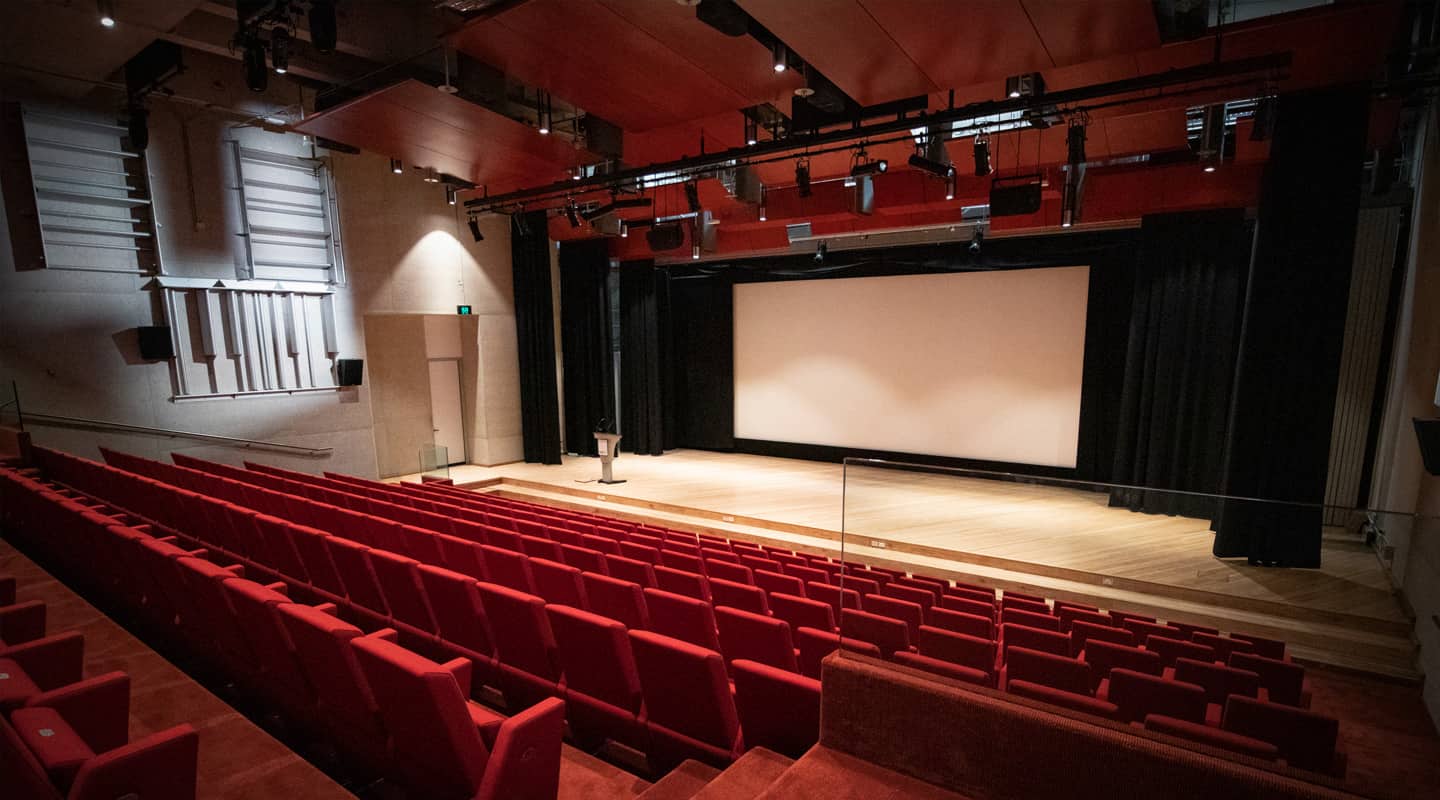
The Art of Theatre AV
The National Gallery of Australia bring the Fairfax Theatre into the future.
Text:/ Christopher Holder
Photos:/ Monarch Building Solutions
The James O Fairfax Theatre was an AV time capsule. Cocooned in the National Gallery of Australia, the theatre hadn’t been touched for some time. The 35mm projectors in the bio booth and a tangle of tie lines, testament to a bygone age of technology.
The NGA commissioned WSP to design systems that would bring the theatre screaming into the 21st century.
With WSP’s acoustic consulting team riding shotgun, the theatre was treated to a full refit — seating, flooring, along with all-new audiovisual systems.
WSP’s Jared Gill headed the AV design team: “It was a total renovation but we were working within a heritage overlay. Which explains the aluminium tangles on the walls. We couldn’t remove them. Initially, we thought they might hold some acoustic properties, but no, they’re an aesthetic addition.”
The 267-seat theatre functions as a ‘cinema with benefits’. A Krix 7.1 surround system, powered by QSC CX series amplifiers, and a NEC 4K laser projector, form the heart of the cinema offering. At all other times, when in presentation mode, a pair of Martin Audio CDD-Live 15 powered, coax loudspeakers fill the space.
“We christened those loudspeakers one evening with a loud rendition of Parkway Drive,” recalls Jared Gill. “Not sure they’ll be doing that again in that theatre, but we were enormously impressed with the power and focus of the speakers.”
NETWORK EVENT
All of the AV sits on the theatre’s own IP network. Dante-enabled, Crestron NVX receivers sit in the lectern and in the booth to take care of network audio and video. Roaming cameras (for filming events) are fitted with Magewell HDMI-to-NDI backpacks and are tethered to the stage network. A Yamaha stagebox takes audio from a small ensemble, for example, and injects the audio onto the network as a Dante stream. The stagebox is connected to a hub via Cat6A. The stage hub is linked to the bio booth hub via fibre — so there’s capacity to grow into a full-blown 10Gb network if required.
Other network end points include an Atterotech Dante converter in the motorised lectern for the Audio-Technica gooseneck microphone; a BirdDog NDI PTZ camera at the back of the room, the aforementioned 4K projector, QSC Flex I/O for a couple more audio inputs in the rack along with output to the Univox hearing loop; and, finally, a portable NVX case that can be deployed anywhere in the venue… all it needs is a network port.
“We intentionally chose equipment that could be powered over ethernet. The touchpanel in the lectern, the installed camera, the NVX transceivers, they’re all powered remotely. It makes for a neater install and fewer powerpacks to go wrong.”
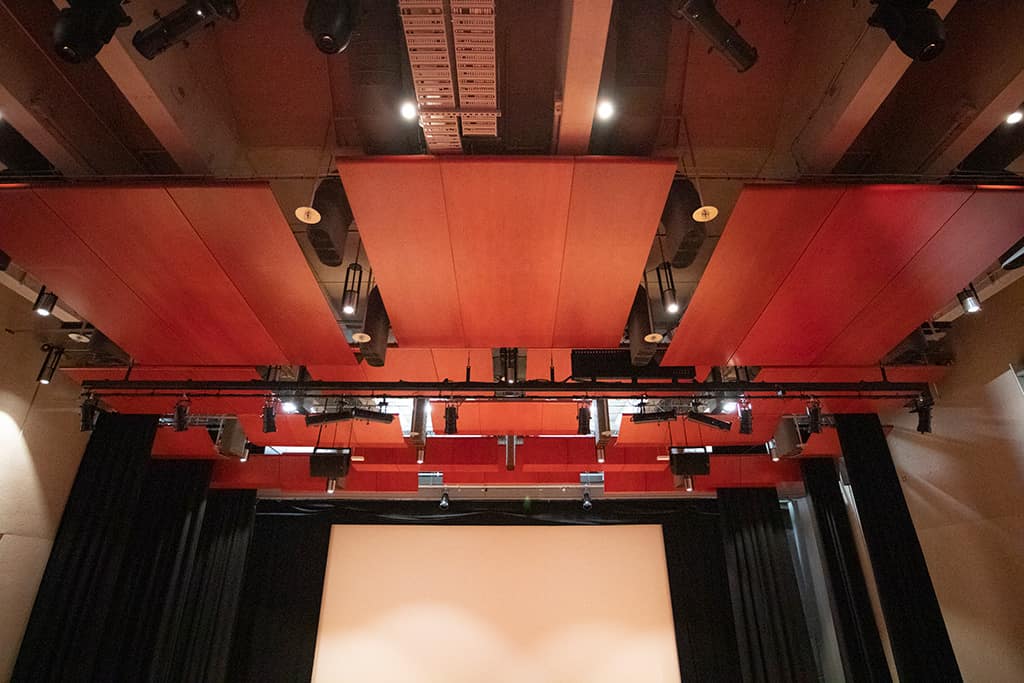
STREAMING & VC
One last device that sits on the network is a Livestream Studio HD550 which acts as the beating heart of the gallery’s streaming capabilities.
“This was an existing item the NGA had, and were doing some live streaming of events — something they wanted to continue.”
The HD550 takes audio from the QSC Core, NDI video from the cameras, and HDMI (via a NVX transceiver) to accept any video that might be on the local network.
The theatre can act as a giant VC endpoint — perfect for looping in a remote guest into a Q&A panel discussion and the like.
“Skype, Zoom, Teams… we leave the choice of soft codec up to the client and their guests,” explains Jared Gill. A Magewell Pro Convert HDMI+ and a Vaddio AV Bridge Mini complete the VC piece.
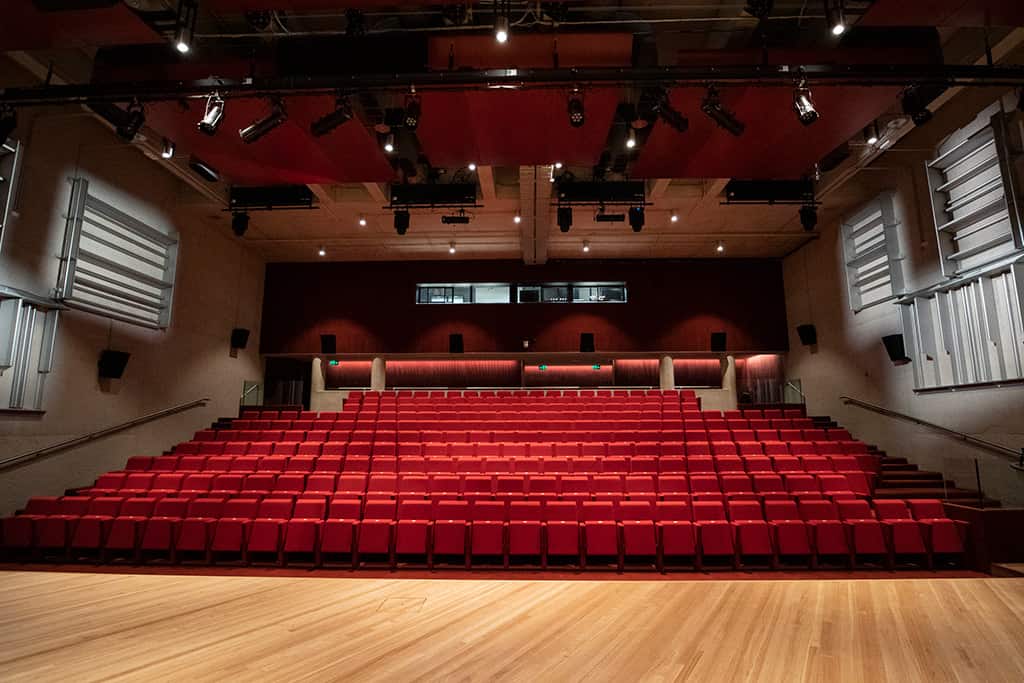
WHY NOT HAVE BOOTH
The newly spruced bio booth houses the Allen & Heath SQ5 audio mixer, which handles the network audio via Dante I/O, along with analogue audio from Shure ULX-D wireless mics. A Panasonic Blu-Ray player plumbs straight into the QSC Q-SYS Core 510i. It’s the source of all cinema content, with the Core taking care of all the 7.1 routing to the Krix cinema system. A Denon DN-700CB music player also routes directly into the Core. There’s lighting control of a fresh phalanx of stage lighting.
“The AV system is designed for someone completely unversed in technology to stand at the lectern and begin a presentation without coaching,” explains Jared Gill. “Where an event requires more technology, we have the capacity for operators to get the most out of the system without bringing additional equipment.”
FUTURE PROOF
WSP provided some finishing touches to the theatre thanks to some thoughtful use of acoustic absorption behind a slotted panel behind the projection screen and above the existing acoustic reflectors above the stage.
“The most significant contributor to the acoustic properties of the room was the choice of seating,” notes Jared Gill. “We laboured over that decision, determined to get the right result for the space.”
Sound Advice did an admirable job of the installation, and, once complete, treated the client to a 4K viewing of the Lion King. ‘Blown away’, goes some way to describing the reaction.
“The Gallery team was disappointed to put the theatre on ice for the period of the lockdowns,” comments National Gallery Technical Producer Justin Watson. “But as we emerge from Covid the Fairfax Theatre’s new capabilities are now being given a chance to shine. The ease of use and the quality of the audio, especially, are standout features and the fact we’re up for a BICSI Award is a good testament to the quality of the fitout. We’re delighted the gallery now has such a capable presentation space. I’ve no doubt the Fairfax Theatre will be popular and busy, and I’m looking forward making the most of the new technology.”
WSP: wsp.com
Sound Advice: (02) 6280 8777 or sales@soundadvice.com.au
TAG (QSC, Martin Audio, Allen & Heath): (02) 9519 0900 or tag.com.au
Corsair Solutions (Livestream, Magewell): (03) 9005 9861 or corsair.solutions
Monarch Building Solutions (Builder): monarchbuildingsolutions.com.au



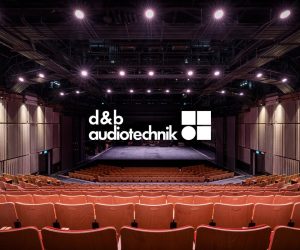
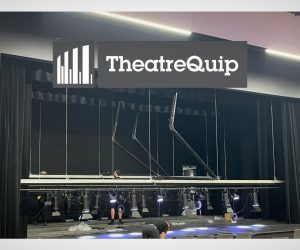

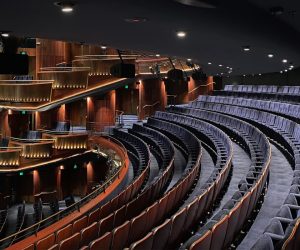





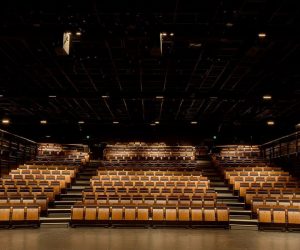


RESPONSES